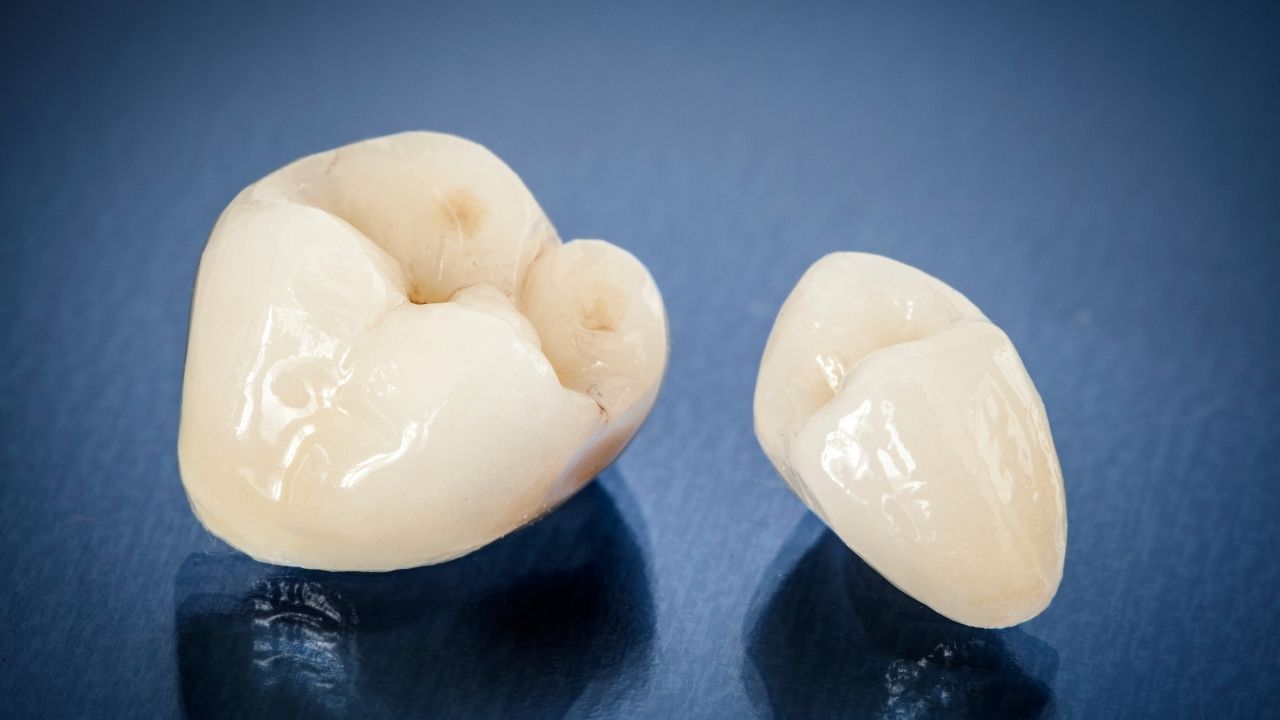Over the years, dental implants in mainstream dentistry are increasing because it is a convenient alternative for patients wishing to treat tooth loss. The dentists at SEDA Dental provide rehabilitation of aesthetic, and functional concerns using dental implants in Jupiter, offering patients a way to improve their smiles and ultimately their quality of life.
The number of patients suffering from tooth loss increases every day, thus creating the need for unprecedented research and development in dental implants. As implantology becomes more prevalent, widespread technological advancements lead to a paradigm shift in designing implants, the materials used in the creation, and how dentists approach treatment.
Even with implant dentistry’s evolution in clinical practice, this subject’s academic and training standards are limited. It is therefore crucial for oral care practitioners and patients to be aware of what the treatment involves.
What are dental implants?
This surgical component is an orthodontic anchor, and it usually supports dental prosthesis, for example, a crown, bridge, denture, or facial prosthesis, by interfacing with the jaw bone.
During an implantology procedure, your dentist will first place an implant fixture, and after it osseointegrates, he or she will add a dental prosthetic. Through osseointegration, different materials like titanium bond to the bone. Before attaching the dental prosthetic to the implant, your doctor will allow some time for the osseointegration to heal. The healing period usually varies depending on the patient.
What determines the success or failure of a dental implantology procedure?
Results of the procedure vary depending on the patient’s overall oral health. Dentists sometimes prescribe additional medications that speed up osseointegration or enhance the tissues’ health in the mouth. Your physician should carefully plan the position and number of implants depending on the initial state of your mouth. When considering your prosthetics’ long-term health, your physician will also evaluate the effects of significant biomechanical forces like chewing on the dental implant and fixtures.
How dentists determine implant position
During your dental appointment, your oral care provider will use computed tomography, which provides lab simulations using CAD/CAM simulations and surgical guides that are also known as stents. The simulations determine the position of your implants depending on the state of the adjacent teeth.
What to expect during a dental implantology procedure
Sometimes patients present with an atrophied jaw bone or gingiva. In such cases, dentists perform additional pre-prosthetic functions, such as sinus lifts or gingival grafts, to enhance jaw bone health: When these parts are healthy, the long-term success of osseointegrated dental implants is guaranteed.
Your dentist will place a removable or fixed prosthetic on your jaw bone. Afterward, he or she will attach an abutment to the implant fixture. Dental cement and lag screws fix crowns, bridges, or dentures on the prosthetic to create an aesthetically appealing finish. Removable prosthetics require a corresponding adapter for abutments to attach securely.
For the best tooth loss treatment, contact SEDA Dental offices to get the best tooth replacement services, including dental implantology.






Be First to Comment